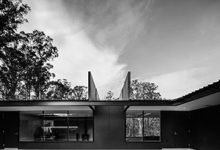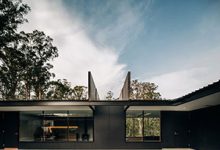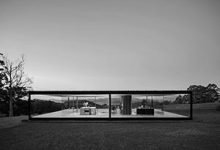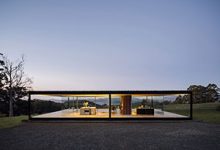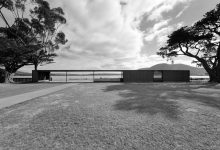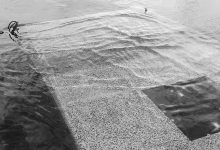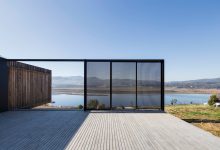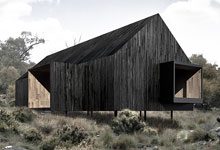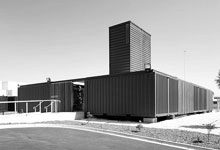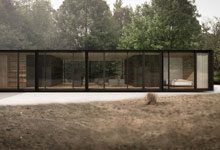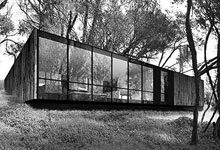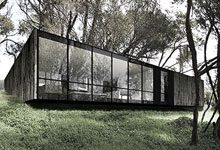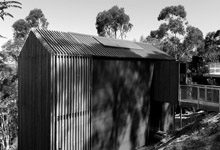
Island Proposition – IP2100
Site area: 680 km (Melbourne – Hobart)
The Island Proposition 2100 proposes an infrastructural spine as an instrument to connect Australia’s regions into a sustainable metabolic system, initiating a new symbiotic relationship between urban centres and their supporting territories.
Connecting Melbourne and Hobart, the spine will carry the physical and virtual flows of exchange, allocate stocks, transform processes and demarcate future urban development along its linear axis. New urban types for living, industry and commerce will eventuate amongst a backdrop of downsizing sprawl and increasing natural spatial reserves.
A balanced system of exchange of population, information, material, energy, water and capital will flow in a steady stream along the spine, efficiently distributing stocks to solve predicted shortages of specific regions. Hi-speed magnetic levitation and other emerging technologies will be implemented to transport people and stocks along the spine and adjoining subsystems.
In addition to functioning as a means of transporting stocks and flows, the spine will operate as a model of efficient hybrid infrastructure by harvesting energy on site via solar, wind and tidal mechanisms, cleaning grey water with embedded constructed wetlands and performing as a rainwater catchment. These services will plug into the loop, sending inputs to urban centres and receiving outputs in the form of nutrients from compostable waste and grey water that will return to the midlands agricultural region to complete the cycle.
IP2100 incites the next great planning project by connecting Australian cities to achieve territorial equilibrium.
IP2100 featured at the Venice Biennale 2010
in the publication:
INFRASTRUCTURE AS ARCHITECTURE
(Jovis, Berlin 2010)
and
UIA2011 TOKYO
Tokyo International Forum
September 2011
Tokyo, JP
Keywords: metabolism, synchronised systems, lineal city, resource flows,
re-territorialisation, composites, infrastructure architecture



















